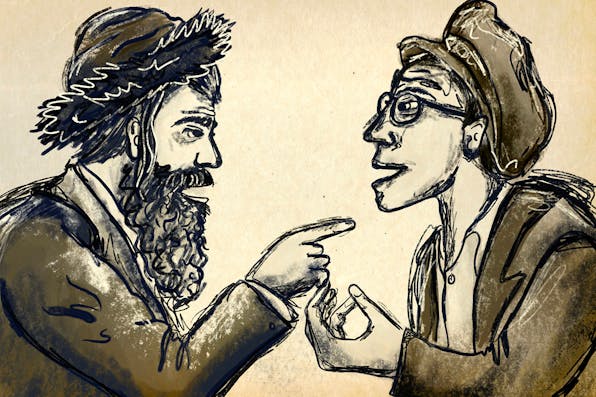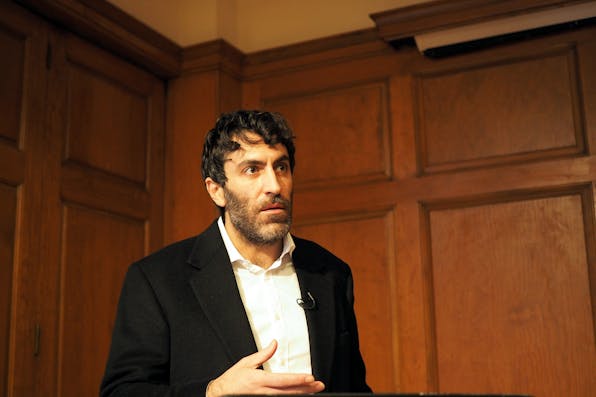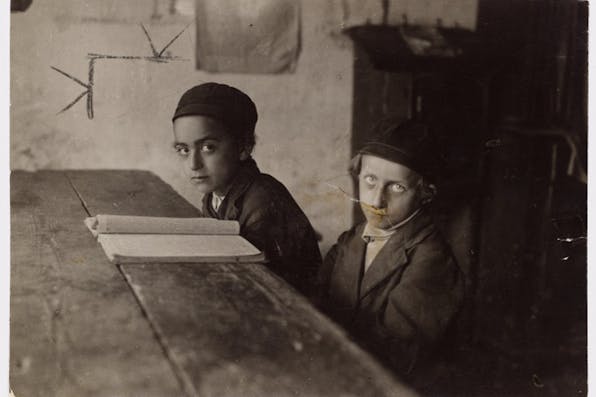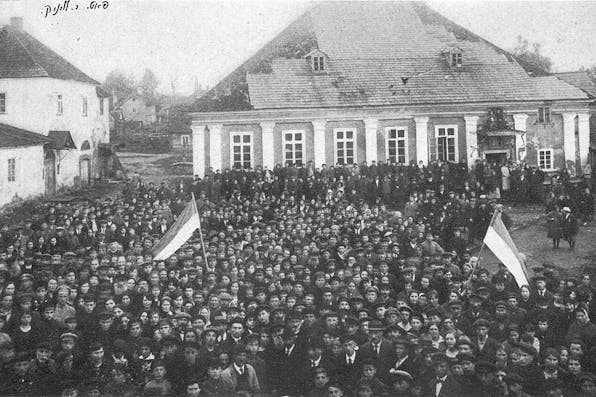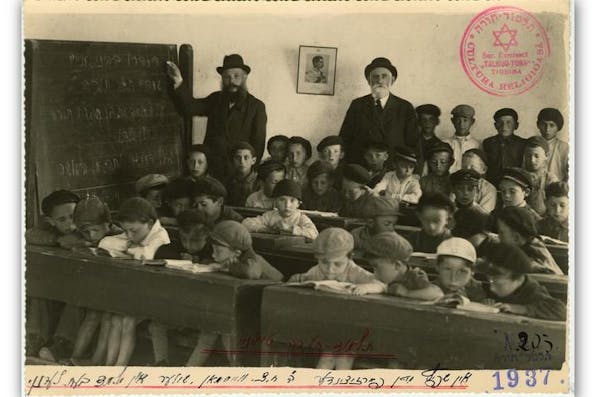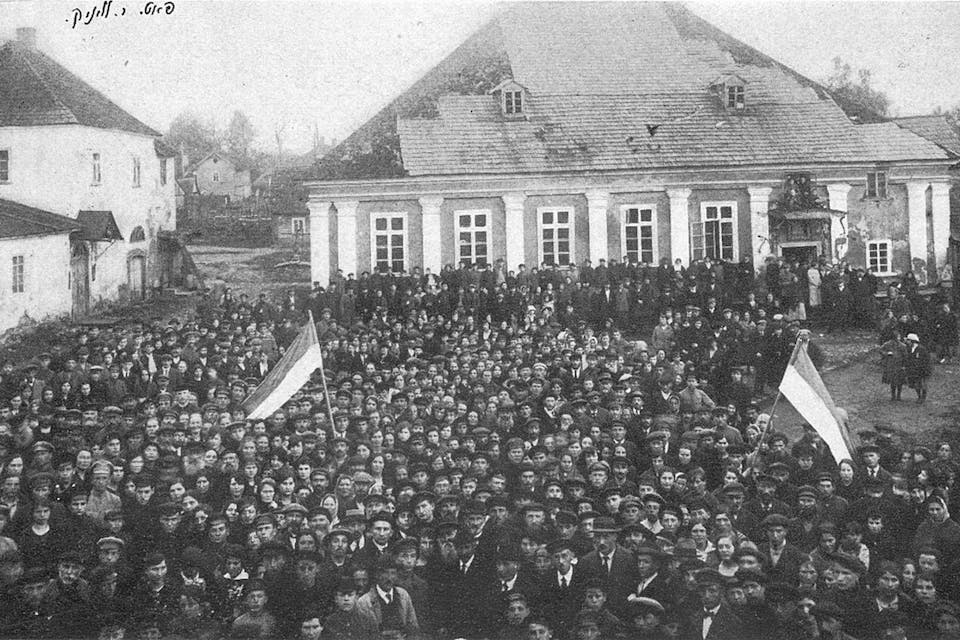
January 20, 2021
What Drove Chaim Grade Away from Religion
The author of “My Quarrel with Hersh Rasseyner” was alienated from traditional religion not because of Orthodoxy in general but because of his yeshiva’s misanthropic separatism.
Ever since Chaim Grade’s short story “Mayn krig mit Hersh Rasseyner” was first translated into English in 1953, it has been widely viewed as a microcosm of the battle for the modern Jewish soul, revolving around the familiar polarities of observance vs. freedom, belief vs. skepticism, and particularism vs. universalism. Even the most casual reader of the story notices that Hersh Rasseyner, the representative of the religious worldview, is given at least as much space as Grade’s alter-ego to air his views, and must recognize therefore that the author continued to long for the traditional observance he left behind. The story is admired, as much as for anything else, for the way Grade gives a fair account not just of his reasons for leaving Orthodoxy, but of the perspective of those he left behind.
If, however, Hersh Rasseyner is supposed to be Grade’s standard-bearer for Orthodoxy, a biographical problem presents itself. For many years after he left the Novaredok yeshiva, Grade, while already developing his poetic talents, remained both religiously observant and deeply immersed in Torah study. For seven years, he was practically living in the house of, and learning directly from, Rabbi Avraham Yeshaye Karelitz, better known as the Ḥazon Ish, a titan of Orthodoxy renowned for his encyclopedic knowledge of the Talmud, for his halakhic stringencies, and for pioneering the kolel system of full-time Torah study for married men. The influence and renown of the Ḥazon Ish by 1952 far exceeded that of the Novaredok yeshiva where Grade spent his adolescent years, and which he left at the age of twenty-two.
Long after forsaking traditional observance and belief, Grade retained his admiration for the Ḥazon Ish and saw in him an emblem of everything good in religious Judaism. Indeed, Grade lovingly fictionalizes Karelitz in the character of Reb Avraham Shaye in his magnum opus, The Yeshiva, a vivid two-volume portrait of pre-war Lithuanian Orthodoxy. When “Hersh Rasseyner” was published, the pair were still in epistolary contact, often making heartfelt declarations of affection for one another. By contrast, the Novaredok approach was a major theme of The Yeshiva and other writings, in which Grade portrays it as fundamentally warped and damaging. If, then, Grade was determined to give the voice of traditional East European Judaism a fair crack, why did he give the role to a fellow student of the late and, in his eyes, unlamented, Novaredok yeshiva instead of someone more representative of traditional Judaism, perhaps even the Ḥazon Ish himself?
